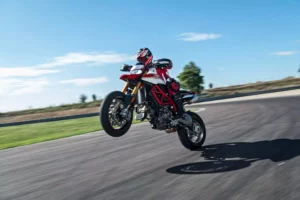
How to build a stunt bike – Part 1
-
John den Ouden
- Last modified on 11/02/2025
How do you build a stunt bike?
Have you mastered the regular wheelie and want more? Then you might be thinking about building a stunt bike. But how do you get started?
In this article I will explain to you step by step how to build the perfect stunt bike!
Before we get into the details, let's first go over which motorcycles are most suitable as a die-hard stunt bike!
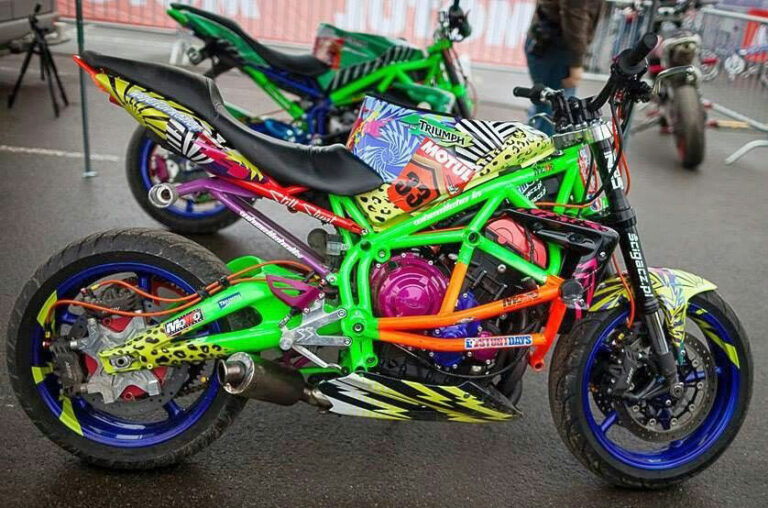
Which motorcycle is suitable for stunt riding?
The most commonly used motorcycles for stunt riding are 600cc sports motorcycles, especially the Honda CBR 600F (built between 2001 and 2006) and the Kawasaki ZX6-R (built between 2003 and 2008) are popular. The reason why people prefer these models is because the purchase price for a second-hand model is quite reasonable. But also because they are very powerful engines, especially at (increased) idle speed. Something we use a lot in stunt riding, just think of the no-handed wheelies.
In terms of durability, the Honda CBR 600F is the absolute king, this bike can take a beating! Where you often encounter ailments with the Kawa such as cracked frames, broken block suspensions and faulty gearboxes, the Honda is almost indestructible both engine-wise and mechanically.
Of course there are other entry-level models, such as the Kawasaki ER-6. The only disadvantage is that this is a 2-cylinder, which are somewhat less smooth at idle speed. Especially with slow wheelies you will then more quickly have the engine dead braked.
If your budget is a bit smaller, you can also opt for a Honda from the early 90s. In particular the Honda CBR 600F (built between 1992 and 1998) and the Honda CBR 900RR Fireblade (built between 1992 and 1999). These motorcycles are also extremely strong and even with high mileage they can often still handle years of "abuse". The biggest disadvantage of these machines is that they are equipped with carburetors, which means that the engine may start to stutter at 12 o'clock wheelies. You don't have that problem with an injection engine.
Ultimately, you can convert any motorcycle into a stunt bike, but the big advantage of the above models is that you can order almost all stunt modifications like this!
Modifications
To get the most out of your bike, some adjustments are needed. There are a number of basic adjustments needed to ensure that your bike can withstand all the violence it will have to endure. And there are more technical adjustments, which ensure that certain stunts are possible that you cannot do on a standard bike.
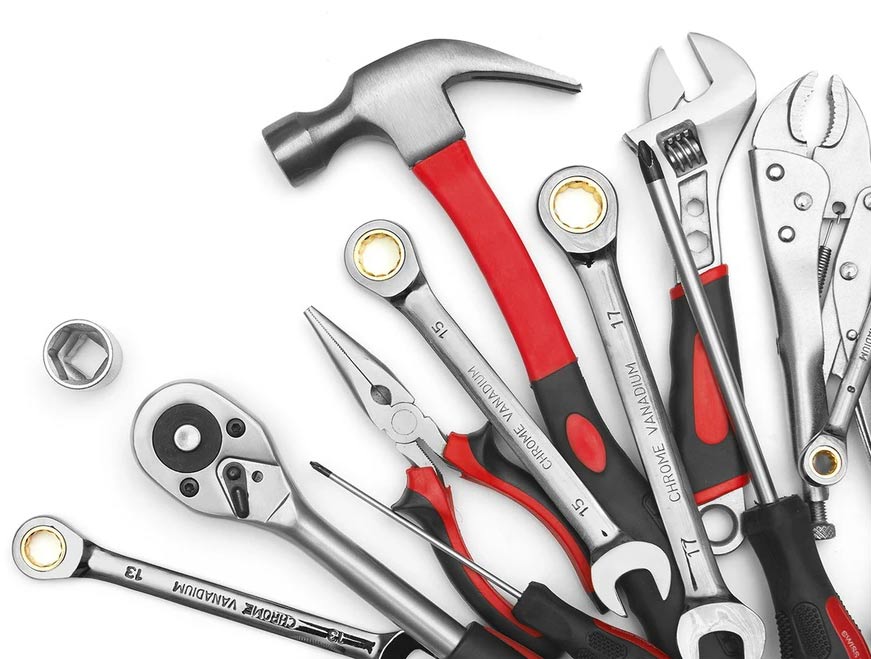
First things first!
A bike that does a lot of wheelies gets hot, very hot! Because the radiator gets much less airflow when the bike is riding on 1 wheel, it is important that we can operate the cooling fan manually. If you wait until it turns on by itself, the bike is usually already much too hot.
You can easily put a switch between them so that you can decide when it comes on. With my own engine I turn it on as soon as the engine is at operating temperature. Some even mount a 2nd fan for some extra cooling.
In addition, it is important that the engine has sufficient oil circulation during wheelies. This is especially important for long wheelies and 12 o'clock wheelies. Sometimes it is enough to add some extra oil, but there is also a so-called "oil pick-up mod". This ensures that you can reverse the suction of the oil pump, so that it sucks the oil at the back of the crankcase.
Making a motorcycle crashproof
When you are going to push your limits you will undoubtedly go over it, good fall protection is a must! For the models discussed in this article they are widely available. Make sure you have a good "crash cage" that can withstand a knock! A simple bracket that you see on for example driving school motorcycles is usually not sufficient. Good fall protection has multiple suspension points and preferably also has a cross connection between the left and right side.
Crash cages come in many shapes and sizes, I personally prefer a crash cage that doesn't stick out too far, but still offers sufficient protection. If your crash cage is too wide, you run the risk of it hitting the ground when drifting, causing you to fall.
12 o'clock bar
When you pull a wheelie so high that the bike is completely vertical, we call this a 12 o'clock wheelie. When you do this on an original bike, your rear light will probably go on... We would rather avoid that, which is why there are 12 o'clock bars. This is a bracket that you mount on the back of the bike. This not only protects the back of the bike, but you can often also put your foot in it to do standing wheelies. A third advantage is that you can now "scrape" with a nice shower of sparks as a result!
It is often thought that a 12 o'clock bar can save you when you are stalling the bike while practicing wheelies. But the chance that this will save you is very small, because it only touches the ground when the bike is already completely vertical.
So a 12 o'clock wheelie is an advanced stunt that requires a lot of control.
Subcage
A subcage functions somewhat double, on the one hand as extra fall protection that protects the rear of the bike. And on the other hand it replaces the, usually somewhat weak passenger footpegs, so that these can be used to do stunts.
There are steel subcages and aluminum cnc milled ones, the latter are lighter but of course a bit more expensive. An additional advantage of the cnc variant is that it is usually adjustable to your liking.
Gears
“Yes, with a gear like that I can do it too!” You don’t want to know how many times I’ve heard that comment… Indeed, the engine comes onto its rear wheel faster, but you also fall backwards faster!
The faster acceleration is actually not the main reason we mount a larger rear sprocket. Because most motorcycles also go perfectly on the rear wheel as standard.
A larger rear sprocket mainly ensures that the engine revs higher during slow wheelies. This makes them easier to control and you will be less likely to brake the engine to death.
By default, most motorcycles have a gear ratio of approximately 1:3.
That is to say, if you have a 15-tooth front sprocket, you'll usually have around 45 teeth at the rear.
For stunt riding the ideal gear ratio is about 1 to 4.
So 15 teeth in the front and around 60 teeth in the back. The example here is a 65 tooth rear sprocket.
Also always mount a “sharkfin” when building a stunt bike. This is a protective plate that you mount at the bottom of the swingarm and it prevents you from getting your fingers between the chain and the sprocket. It won’t be the first time that someone loses a few fingers during a fall. Especially at high idle, the rear wheel just keeps spinning.
Tip: Are you looking for a larger sprocket with a matching chain? Then definitely take a look at www.motorketting.nl
They make custom sprockets and you can assemble the chain yourself depending on how many links you need. With their affordable sound tool you can riveted the chain yourself.
Idle speed
In order to be able to do wheelies with hands off, we need to be able to turn up the idle speed. For this you need an idle screw. On most of the above models this is already present as standard, but a small adjustment needs to be made. As standard, this screw only enriches the gas mixture a little. But we want it to operate the throttle valves, so that we can turn up the idle speed as much as we want.
I won't go into the details of this modification here, but if you use the search term "idle mod" in Google in combination with the engine model you will easily find what you are looking for.
This also gives the engine less engine braking, which makes it easier to keep the throttle constant.
To do no-handed wheelies, the idle speed should be around 3-4000 rpm. For this stunt you need a lot of brake control otherwise it can quickly go wrong!
So far part 1
That's it for part 1 of the series on how to build a stunt bike. These are the basic modifications that are a must to get started. In the next part we will go into the modifications that are needed if you want to do more advanced stunts.
Hopefully you found this article interesting and it helps you on your way to building the ultimate stunt bike!
Do you have any questions or comments? Please leave a comment below.
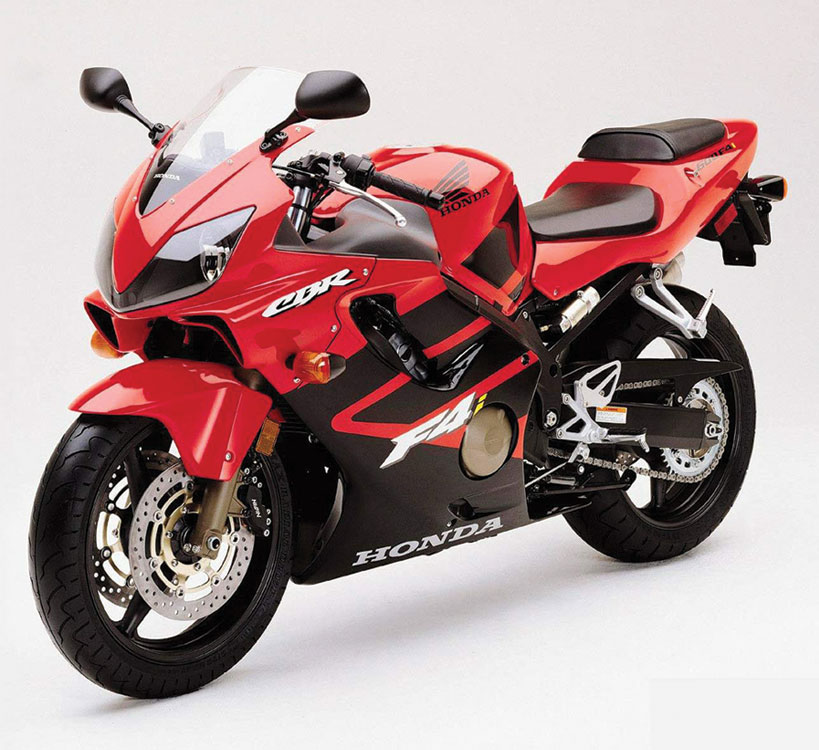
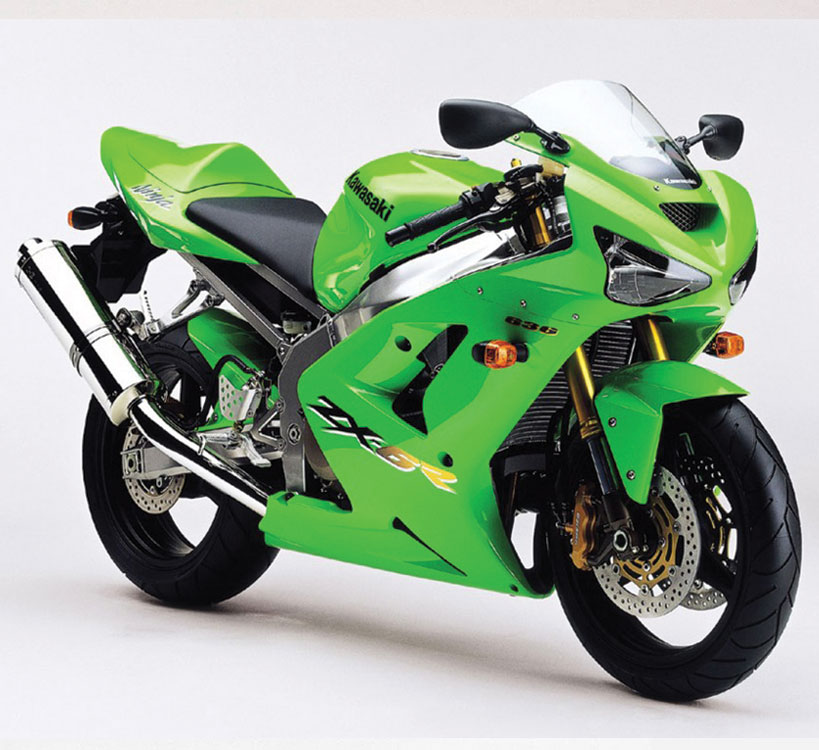
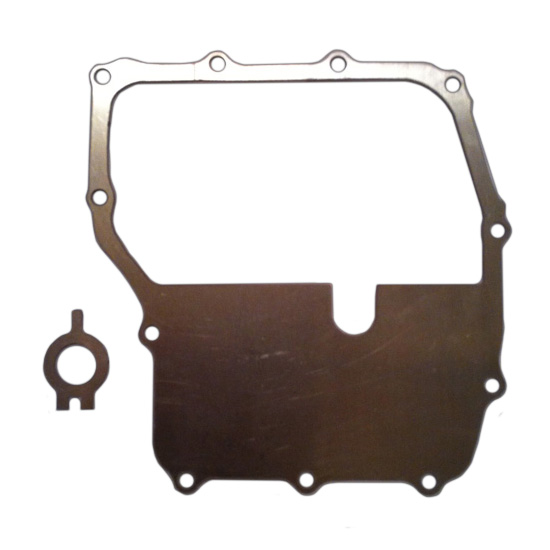
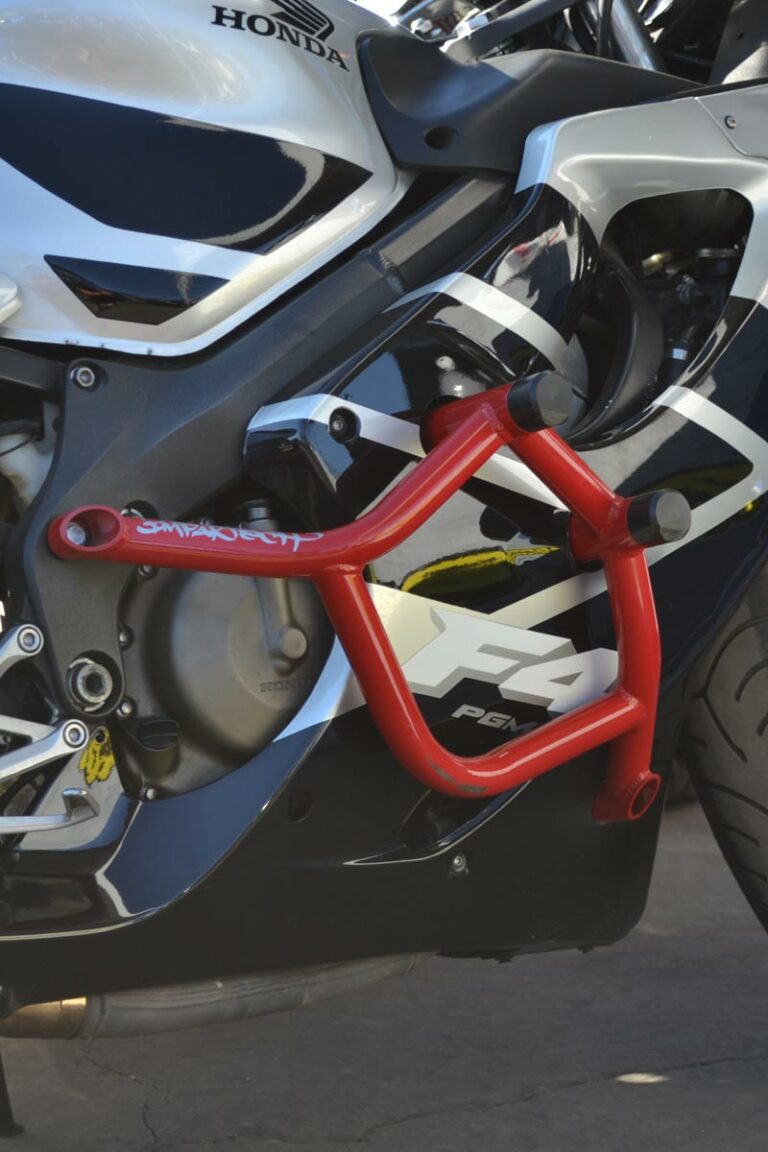
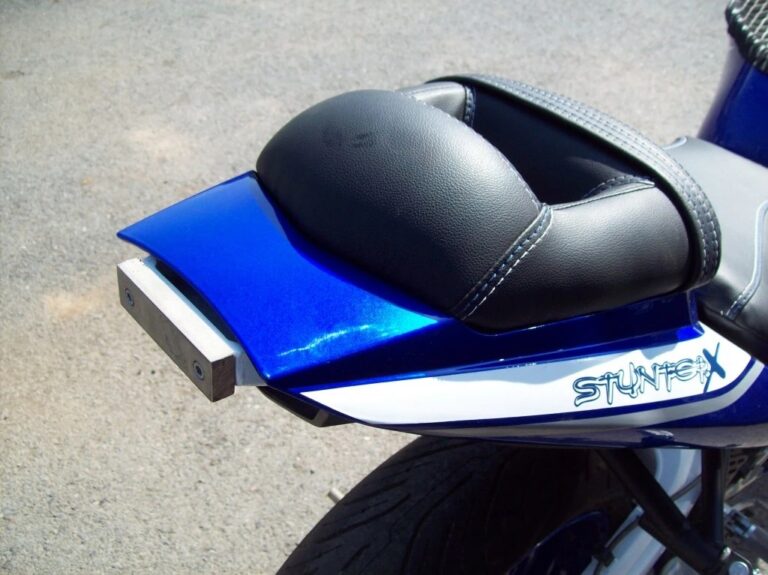
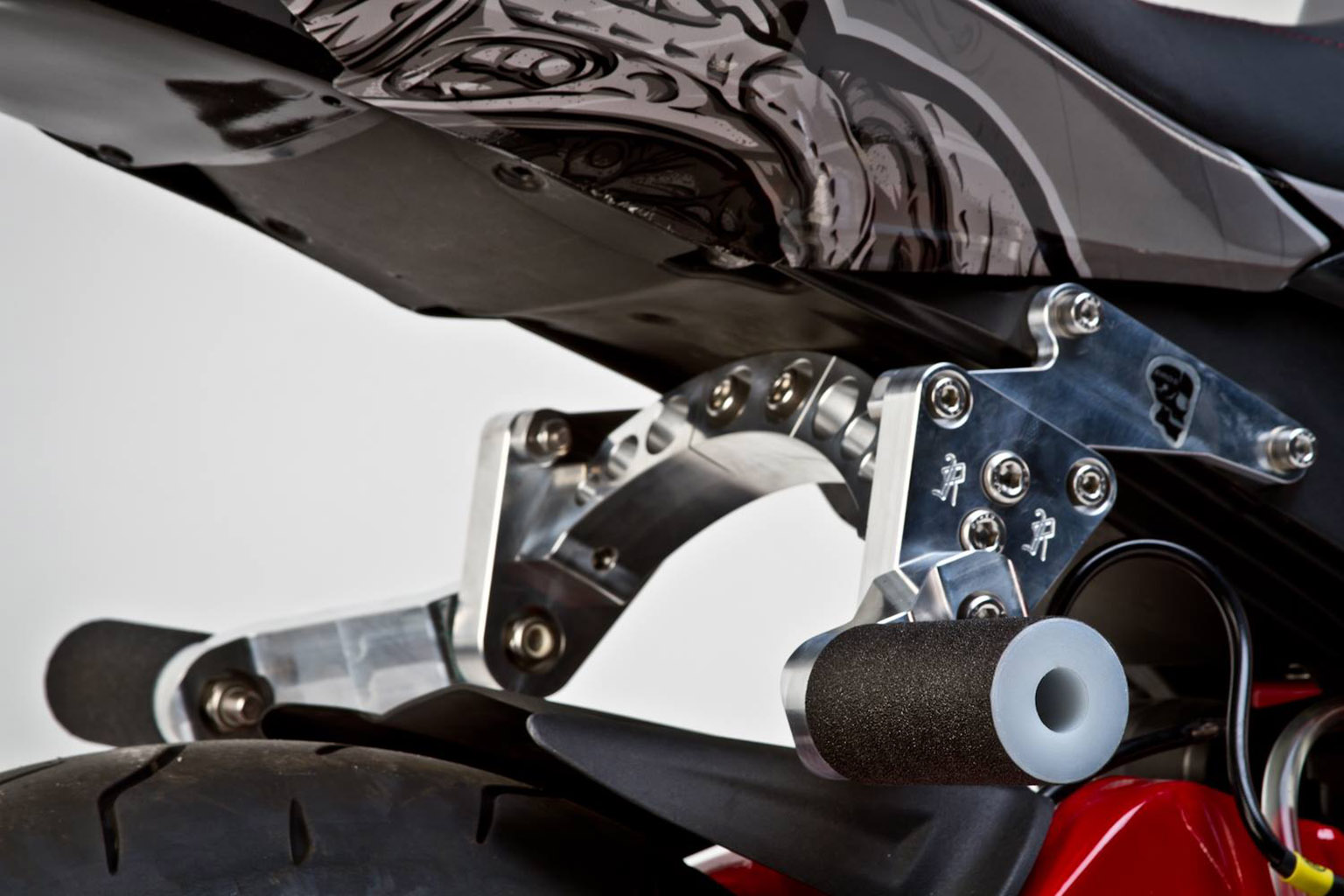
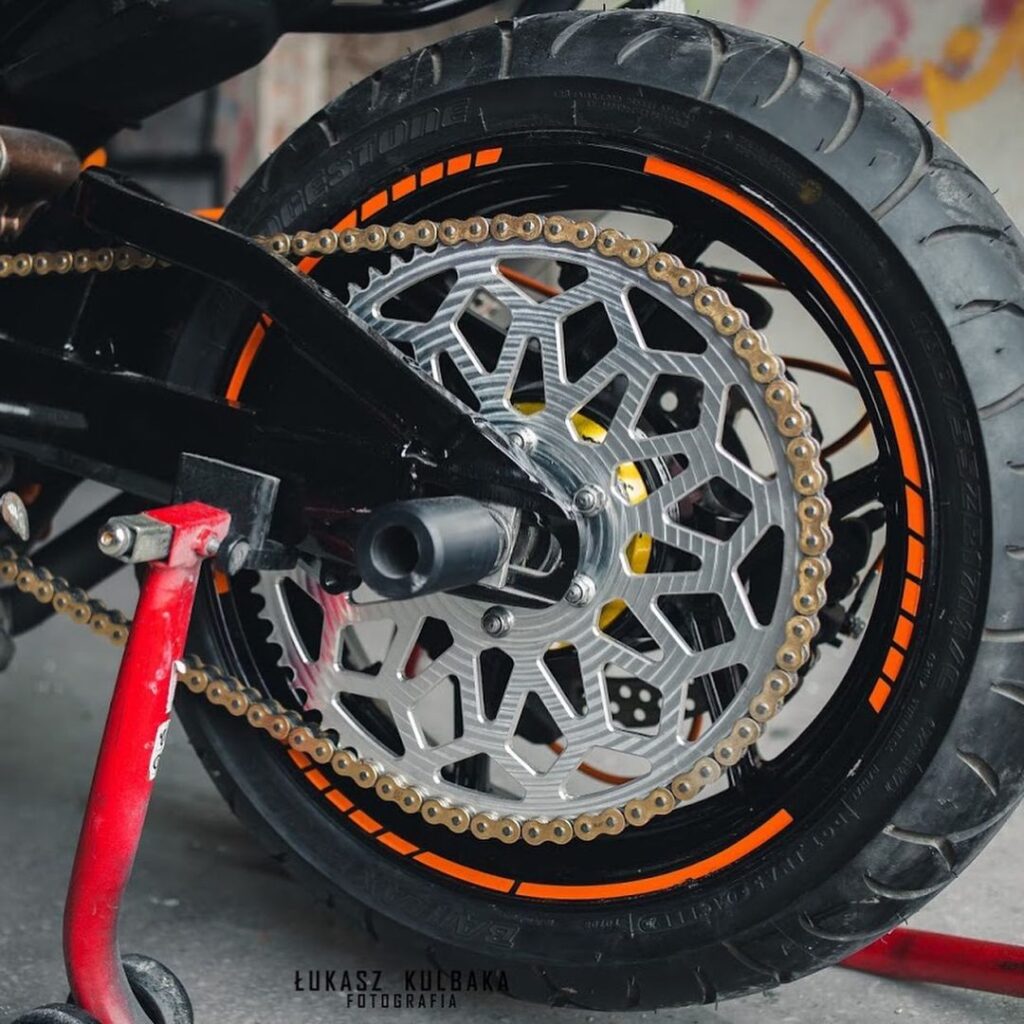
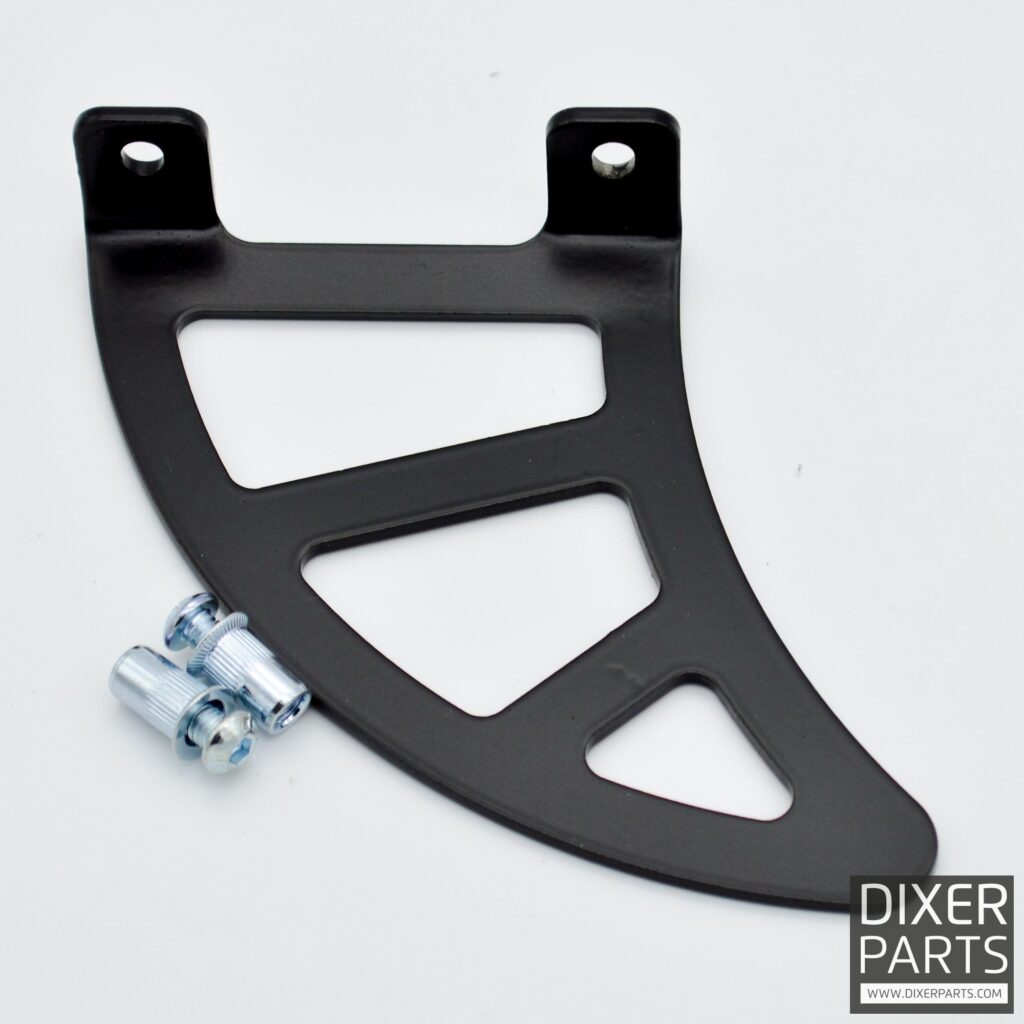
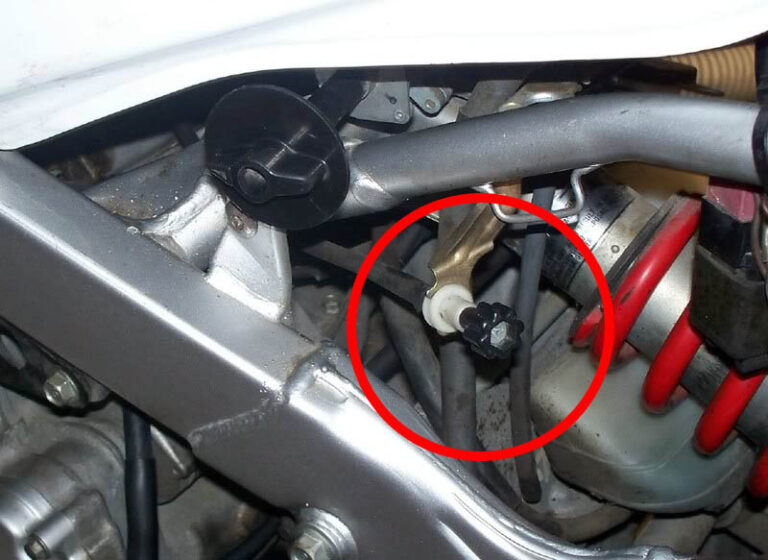
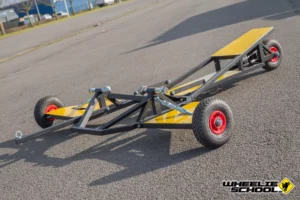
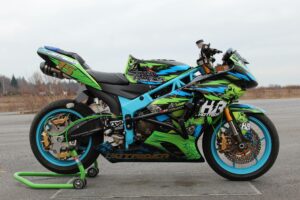
7 Responses
Hi I have a zx6r from 97 and I have trouble finding stunt parts, do you have a tip?
Greetings Joey
Hi Joey, that will indeed not be easy for that bike. This model was never used much as a stunt bike, people used the Hondas of that generation.
If you really want to convert it you will need to find a metalworker who can make something custom.
Greetings, John
Johan, thanks for your answer, on which site do you order your parts or is there a good shop in the Netherlands? Greetings Joey
Hi Joey, apologies for the late response. I don't think you'll find much in the Netherlands. I have had good experiences with Jokeriders and Dixer Parts. Good luck!
Going to try some things with the GSX1100……thanks for the info, it's very helpful:)
gr dave
Thanks for your reply Dave, I'm glad you found it useful! The oldschool GSXR's were used a lot for stunt riding back in the day, so you definitely have a good base. Good luck!
What do you think of a kawa z1000 2003? My intention is to ride easier on my rear wheel, and especially to be able to drift. What do you recommend to adjust for this?